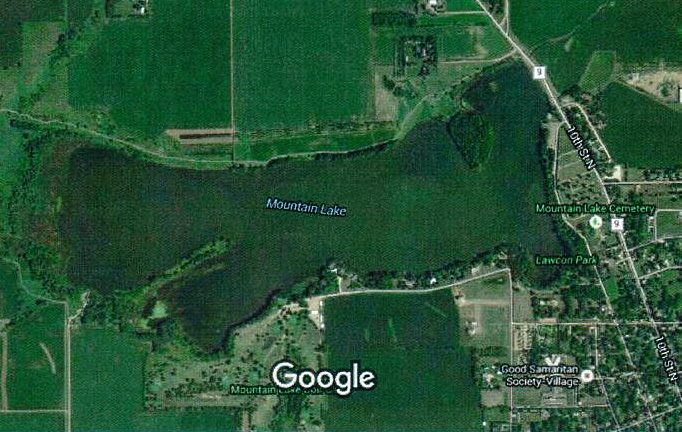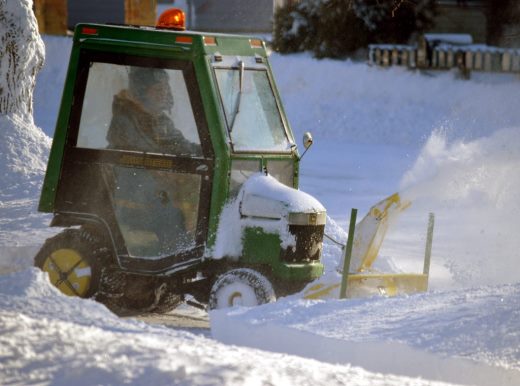Repairs being done on the floating dock

At the Monday, February 22 meeting of the Lake Commission, its members (Jim Peterson, Jay Schied, John Oeltjenbruns, Dave Bucklin, Heather Funk, Jason Kruser and Jean Haberman), decided to have Bucklin submit a request for a County Invasive Species grant of $15,000. of that grant, $10,000 would be used for the weed harvester replacement fund, $4,000 for weed harvesting, $2,000 for plunge pool repairs and $1,000 for aeration.
Earlier in the meeting, the commission had learned from Mountain Lake City Clerk/Administrator Wendy Meyer that it would not be receiving a Minnesota Department of Natural Resources (DNR) Aquatic Invasive Species grant in 2016, as the application period closed before the application was submitted.
Work being done on floating dock
Commission Member Schied has been working on removing screws and posts on the floating dock. The remaining repairs will be completed when the ice thaws and the dock is able to be moved to the beach area. At that time, work days will be scheduled.
In other business
+ Learned that the City of Mountain Lake is moving ahead with its Active Living Plan of creating a trailhead for the Mountain Lake Trail in the park-like area east of Casey’s. Some trees will have to be removed and parking spots constructed. the information kiosk to be located at the trailhead has been ordered.
+ Learned that the Mountain Lake brochures for the kiosk have been delivered.
+ Noted that a future goal of the commission is to develop the area by the beach, including possibly picnic tables, grills and sand volleyball.
+ Bucklin reported that he continues to study possibilities for the Mountain Lake Golf Course sediment basin.
+ Peterson noted that the aluminum can bin is full and that he will schedule a work day when the weather gets warmer.
+ Funk reported on a lake depth report she had submitted in early January.
+ In a related agenda item, learned that the water depth gauge had been damaged by a snowmobile. Funk will request a new gauge.
+ Schied shared that he has been working on removing buckthorn from and area approximately 100 yards northwest of the boat launch on the west end of the lake.
+ Peterson was given the project of checking on the pricing of 3′ x 8′ steel siding to use as a weed barrier by the willows.
+ Reviewed winter information on the lake. The aeration system was turned on on January 16. As of January 20, there was 16″ of ice and a dissolved oxygen (DO level) of 12.6. On February 11, the ice thickness was 10″ and the DO level was 10.5. (A good level of dissolved oxygen Is essential for aquatic life. Dissolved oxygen analysis measures the amount of gaseous oxygen (O2) dissolved in an aqueous solution.)
+ Schied, Funk and Haberman were given the task of scheduling Secchi disk readings. (A Secchi disk is a circular plate divided into quarters painted alternately black and white. The disk is attached to a rope and lowered into the water until it is no longer visible. Secchi disk depth, then, is a measure of water clarity. Higher Secchi readings mean more rope was let out before the disk disappeared from sight and indicates clearer water. Lower readings indicate turbid or colored water. Clear water lets light penetrate more deeply into the lake than does murky water. This light allows photosynthesis to occur and oxygen to be produced. The rule of thumb is that light can penetrate to a depth of 1.7 times the Secchi disk depth. Clarity is affected by algae, soil particles, and other materials suspended in the water. However, Secchi disk depth is primarily used as an indicator of algal abundance and general lake productivity. Although it is only an indicator, Secchi disk depth is the simplest and one of the most effective tools for estimating a lake’s productivity.)
+ Approved the treasurer’s report.


















